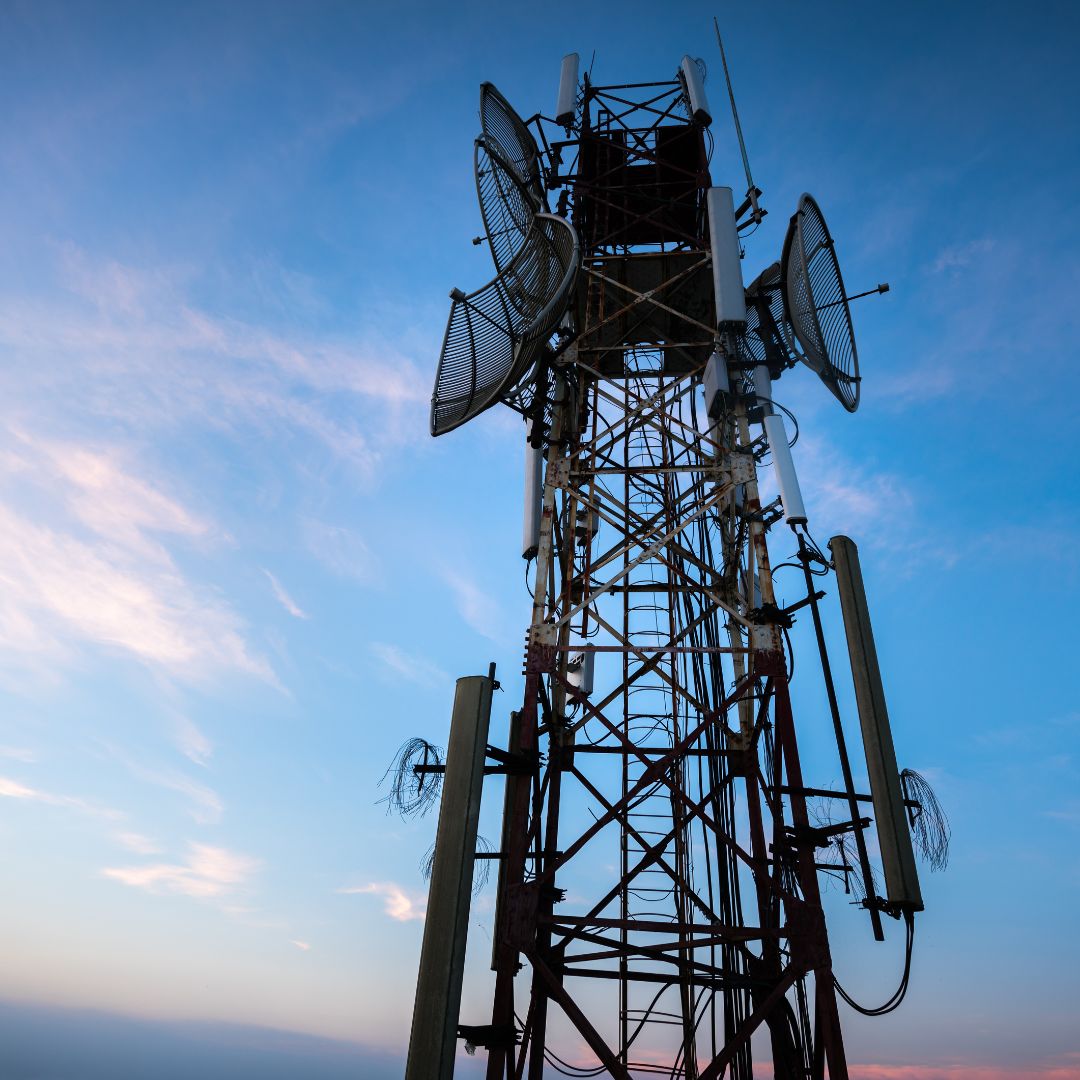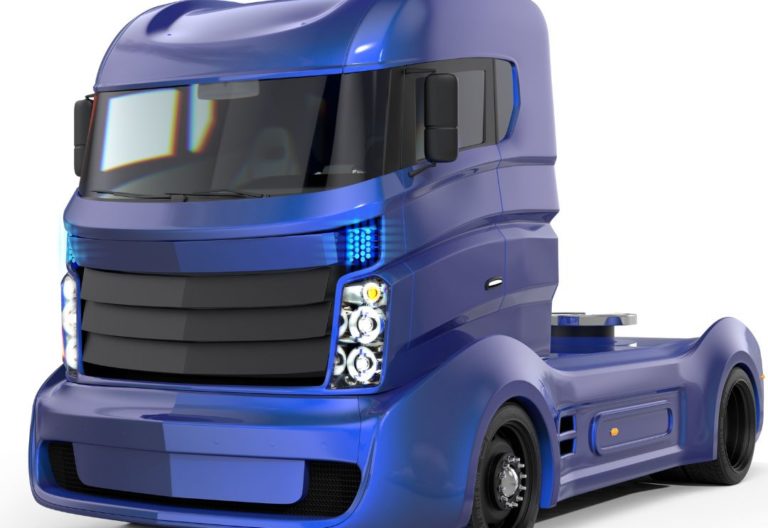In recent years, there has been a rapid evolution in communication technologies, with the emergence of faster and more efficient networks like 4G and 5G. As a result, older network technologies, such as 3G, are gradually being phased out in many countries, including Australia.
This article explores the 3G network shutdown in Australia and its impact on vehicle tracking systems. We will delve into the challenges businesses may face during this transition and the advantages of adopting 4G and 5G technologies for vehicle tracking.
The 3G Shutdown in Australia
Telecommunication providers in Australia have announced plans to shut down their 3G networks in the near future. This move is driven by the need to allocate resources to newer and more advanced network technologies that offer enhanced speed, capacity, and reliability. The 3G shutdown is expected to free up valuable spectrum for the deployment of 4G and 5G networks, which can support a wide range of innovative applications, including vehicle tracking and Internet of Things (IoT) devices.
The clock is ticking! One of the major players in the game, namely Telstra are pulling the plug on 3G networks in less than a year from now. Other players in the markets are planning the move alongside Telstra real soon.
Impact on Vehicle Tracking
The 3G shutdown poses challenges for businesses that rely on 3G-based vehicle tracking systems. Many vehicle tracking devices currently in use utilize 3G networks for communication, data transmission, and GPS positioning. With the discontinuation of 3G services, these devices will no longer be able to function as intended, potentially disrupting fleet management operations.
Businesses that fail to address the 3G shutdown may experience the following impacts on their vehicle tracking systems:
Loss of Connectivity
Without a compatible network, 3G-based vehicle tracking devices will lose connectivity, leading to a lack of real-time data transmission and tracking capabilities. This can hamper businesses’ ability to monitor fleet performance, optimize routes, and ensure timely and efficient deliveries.
Obsolete Hardware
With the 3G shutdown, 3G-specific hardware will become obsolete, making it difficult to source replacements or repair existing devices. This may result in increased maintenance costs and potential operational downtime.
Limited Support and Updates
As telecommunications providers shift their focus to newer technologies, support and updates for 3G-based tracking systems may become scarce. This can lead to security vulnerabilities, compatibility issues, and a lack of access to new features and functionalities.
Transitioning to 4G and 5G
To mitigate the impact of the 3G shutdown on vehicle tracking, businesses need to transition to newer network technologies, primarily 4G and 5G. These technologies offer several advantages over 3G and ensure the continuity and advancement of vehicle tracking capabilities.
The many advantages of 4G and 5G for vehicle tracking include:
Increased Speed and Capacity
4G and 5G networks provide significantly faster data transfer speeds compared to 3G, enabling more seamless and real-time tracking of vehicles. These networks also offer higher bandwidth and increased capacity to handle large amounts of data generated by vehicle tracking systems.
Enhanced Reliability and Coverage
“4G and 5G networks provide improved signal strength and wider coverage, even in remote areas. This ensures that businesses can track their vehicles consistently, regardless of their location. “

Low Latency
4G and 5G networks have significantly lower latency compared to 3G. This reduced delay in data transmission enables faster response times, making real-time tracking more accurate and efficient. Businesses can receive immediate updates on vehicle location, status, and performance, allowing for timely decision-making and improved operational efficiency.
Support for IoT Integration
4G and 5G networks are well-equipped to handle the increasing number of connected devices and IoT applications. Vehicle tracking systems can seamlessly integrate with other IoT-enabled devices and systems, such as sensors, cameras, and telematics platforms, to gather comprehensive data and provide valuable insights for fleet management.
Future-Proofing
Transitioning to 4G and 5G ensures that businesses are prepared for future technological advancements. As these networks continue to evolve, companies can benefit from upcoming features and functionalities that enhance vehicle tracking capabilities and support emerging technologies, such as autonomous vehicles and intelligent transportation systems.
Challenges and Considerations
While the transition to 4G and 5G brings numerous advantages, businesses need to consider certain challenges and factors:
Cost
Upgrading to 4G and 5G networks may require investment in new hardware, devices, and data plans. However, businesses should weigh these costs against the long-term benefits and potential cost savings from improved operational efficiency and better fleet management.
Compatibility and Integration
When transitioning to new network technologies, businesses need to ensure compatibility and seamless integration with existing vehicle tracking systems, software, and platforms. This may involve updating or replacing hardware, coordinating with service providers, and conducting thorough testing to ensure a smooth transition.
Network Coverage
While 4G and 5G networks offer broader coverage, it’s important for businesses to assess network availability and reliability in their operational areas. This ensures uninterrupted tracking and data transmission, particularly for businesses operating in remote or rural locations.
Data Security
With the increasing connectivity of vehicle tracking systems, data security becomes paramount. Businesses must implement robust security measures to protect sensitive fleet and customer data from potential cyber threats and unauthorized access.
Finding Solutions
To address the challenges associated with the 3G shutdown and the transition to 4G and 5G for vehicle tracking, businesses can consider the following solutions:
Conduct a System Audit
Evaluate the existing vehicle tracking infrastructure and identify devices and systems that rely on 3G connectivity. Determine the scope of the transition and prioritize the upgrading or replacement of hardware accordingly.
Engage with Service Providers
Consult with telecommunication service providers and technology vendors specializing in vehicle tracking solutions. They can provide guidance on transitioning to 4G and 5G networks, offer compatible hardware and software solutions, and assist in seamless integration with existing systems.
However, when you partner with Linxio, this gets taken of. All our hardware is future-proofed with 4G/5G network capabilities enabled and functional right out of the box. You can check our existing catalogue of future-proofed hardware here.
Plan for Network Coverage
Assess the network coverage and reliability of 4G and 5G providers in the areas where your vehicles operate. Choose service providers with extensive coverage to ensure consistent and uninterrupted tracking capabilities.
Address Data Security
Implement robust data security measures, including encryption, user authentication, and secure communication protocols, to safeguard fleet and customer data. Regularly update software and firmware to address any security vulnerabilities and stay proactive against potential threats.
Conclusion
The 3G shutdown in Australia necessitates the transition to 4G and 5G networks for vehicle tracking. While this transition poses challenges, the advantages of 4G and 5G, such as increased speed, capacity, reliability, and IoT integration, make it a worthwhile endeavour for businesses. By carefully planning the transition, considering cost, compatibility, network coverage, and data security, businesses can ensure a smooth migration to new network technologies and maintain the efficiency and effectiveness of their vehicle tracking systems.



